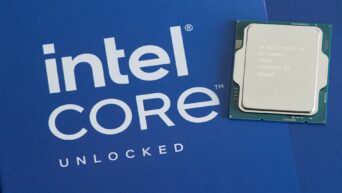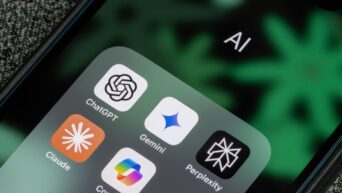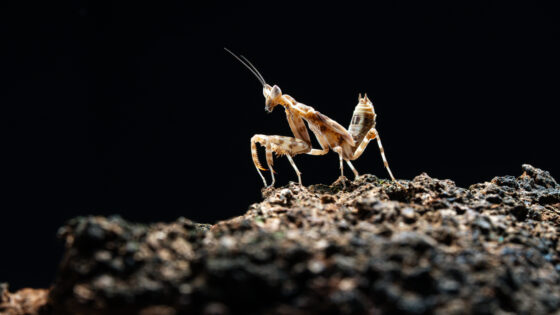How does the brain signal an itchy sensation?
Itching is used as a defense system to alert us when a bug is biting us or our skin is irritated. Neurons in our spinal cord help send the signals to our brain that we need to itch a certain area of our body. Understanding where exactly the scratching senses come from can lead to the discovery of new drugs to help with chronic itchiness such as eczema or diabetes.
This mechanical itch sensation is different than just normal touch. It must have a specialized pathway inside of the spinal cord. What researchers have found is that a mechanical itch pathway is constantly on. But what they didn’t know before was that this itch signal, under non-chronic itching circumstances, is contained by NPY neurons, which are transmitted to the brain to alert an itch sensation.
Because of this information, a hypothesis was developed that when the NPY inhibitor neurons were missing, the spinal cord neurons that normally acknowledge light touch begin acting like an accelerator that can’t be turned off from the “on” position. They tested this theory in mice and noticed that when the Y1 accelerator neurons, were removed, the mice never scratched. They then gave the mice drugs to activate the Y1 neurons and they began scratching spontaneously without any touch.
This led to the realization that the NPY neurotransmitter acts as a thermostat to control the sensitivity we have to touch. Lower levels of NPY can lead people to itch more uncontrollably.

































